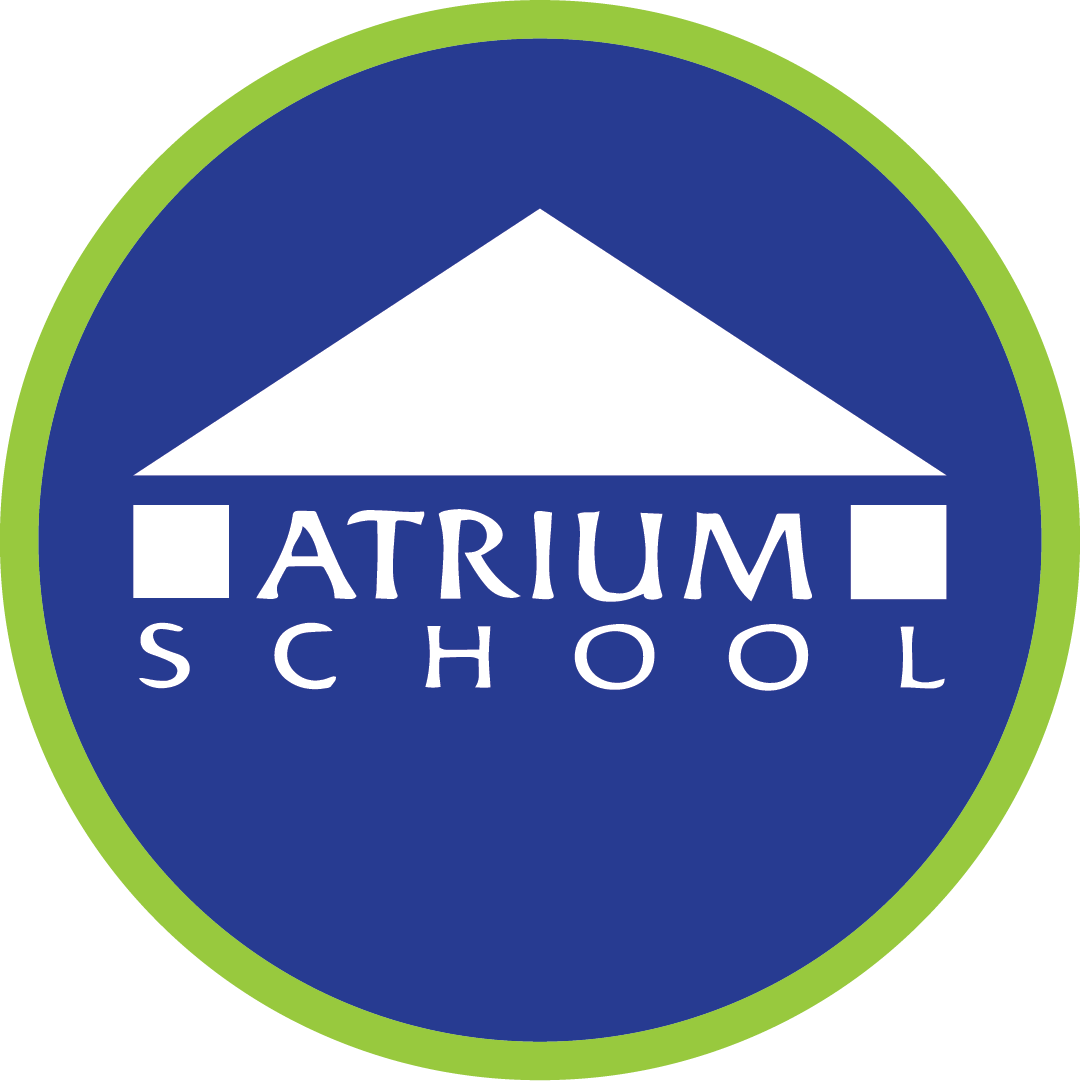Sustainability and Our Green Building
Since 2006, Atrium School has called 69 Grove Street “home.”
Throughout its history, Atrium has taught a credo of respect for oneself, others, and the environment. Children and teachers assume “an ongoing responsibility to act as part of a larger community”. The goal is to help students contribute to their community and to model that commitment to others. Our building, 69 Grove Street, is just one of the ways we live that credo in ways beyond our curriculum and explicit teaching.
As a “green school” the building is one that consistently improves the learning and working environment for children, teachers, and staff while saving energy, protecting natural resources, and controlling the use of non-renewable products. It houses a community of people that believes in and strives for sustainability through collective conservation efforts and creative problem-solving.
Constructing our new school and campus in the East End of Watertown in 2006 gave us the opportunity to make choices that embodied these values of sustainability and innovation. By transforming what was an industrial space and a paved parking lot into a progressive elementary/middle school and landscaped urban oasis, we created a home that encompasses our educational aims by:
Using sustainable building materials throughout
Protecting habitats and native plants on our site
Minimizing water pollution through mechanisms to reuse water, low-flow bathroom fixtures, and the installation of a unique storm-water filtration system
Creating an aesthetically pleasing structure and green sustainable space for our residential neighbors
Forming working relationships that promote locally owned businesses and organizations
Partnering with neighboring Mount Auburn Cemetery to teach children about horticulture, indigenous plants, and sustainable landscapes.
This once-industrial neighborhood is experiencing an extraordinary revival. Biotech companies are flourishing now within steps from campus; the Arsenal area is rapidly transforming into one of Greater Boston’s newest thriving corridors. This is all beautifully balanced by the green space of the nearby Fillipello Park, Mount Auburn Cemetery, and the Charles River.
Throughout the building exhibitions of student projects and art work are displayed. The interior space is bright and open, while maintaining the coziness needed in individual classrooms, flex space, and nooks for small group breakout rooms.


